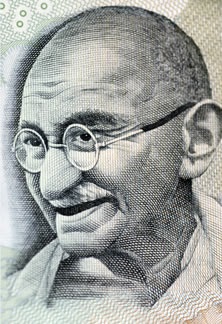❌
Taking a stand against the existing paradigm of dental and medical care has turned out to be very costly. My website has highlighted practices of those who knowingly or unknowingly perpetuate illness. This is obviously not acceptable to the power structure in control of our health. To continue to produce evidentiary articles on my website - which have enlightened thousands of dentists and patients all around the world, to keep my staff employed and the practice viable, we need a little help. Without funding I can no longer maintain my practice and research which continues to prove the vital need for an alternative approach to dental and medical health.
Please remember there are at least 48 illnesses where millions of patients can be helped through dental interventions.We only need very tiny sums of the order of £5 to £10 from each one of you to continue to fight the battles that lie ahead.
(Funds collected in the last 4 weeks: £3,103.35 through generous contributions by our followers for which we are very grateful).

